- Renewable Energy
- Posted
Occupied Territory
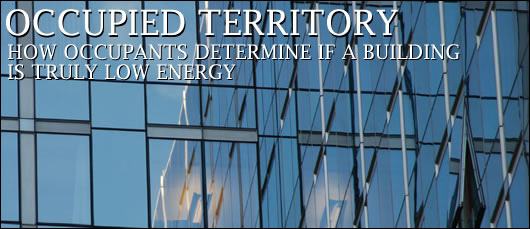
The impact of occupant behaviour on a building's energy performance can be so great that many noted energy auditors believe any true impression of a building's energy performance must include post-occupancy data - in particular for larger, more complex buildings. John Hearne explains how truly low energy buildings can succeed or fail depending on how they engage with their occupants.
It may be the most energy efficient building imaginable. It may be designed for passive solar, it may be air-tight, super-insulated and packed with sustainable energy technologies, but if the occupants don't know how to use it, much, if not all of the energy saving potential can be lost.
The problem cuts across a growing swathe of the country's built environment, from domestic to commercial and public buildings; great theoretical energy performance that is rendered meaningless by the fact that the end-user doesn't know how to use the building.
"You see it all the time." says John Fallon of building control systems manufacturer, Cylon Controls. "You might have a very efficient building fabric, a super-duper heating or cooling system but if the heating and cooling system are on together, you're not going to get an efficient answer. If people are opening the windows with the cooling on, and it's still blasting out cold air, it's not going to work that efficiently, or if systems are left on when people aren't using the building, then it's not really going to work at all."
These sorts of scenarios, he reveals, are all too common in commercial buildings. A fundamental disconnect between designers and end-users lies at the heart of the problem. The array of plant required to service a modern commercial building requires a high degree of sophistication in control systems. But an end-user untrained in its use will typically respond in an unsophisticated way: switch it on and walk away. "I guess traditionally," says Fallon, "BMS (building management systems) were fit and forget. Then an end user comes along and they start to use the building and they're not actually familiar with how to adjust anything. They find, well, we're not using all of the building. Floor two isn't occupied at the moment, or that's a meeting room area and it's only periodically occupied…Whatever the usage scenario is, they're not in a position to change or manage the building because they don't know how. They haven't been provided with anything user-friendly enough to allow them to do so."
Automation, he says, is part of the answer. Take away the switches, or over-ride them with occupancy sensors, daylight sensors, temperature sensors. Heating systems can be optimised by monitoring weather conditions and adjusting flow temperatures accordingly. Percussion and timer switches ensure the most oblivious occupant doesn't get the option of leaving things running all night. Designers however can only do so much. "The difficulty is that often, these things get de-specified from projects. When they look at the cost of the building, someone will say, ok we need a BMS but do we really need all these sensors? And someone who's put in a whole bunch of = temperature sensors so there's tight room control, they've put in maybe occupancy sensors, they might have put in sensors on the windows so if someone opens a window, it switches off the heating. Suddenly these things get spec'd out." That's assuming they get spec'd in the first place. Budget considerations often force the abandonment of key elements of the control process. A keypad interface is fine for an engineer, but for an ordinary user, supervision software facilitates the kind of browser-based control that's going to make the entire package so much more user friendly, and therefore workable.
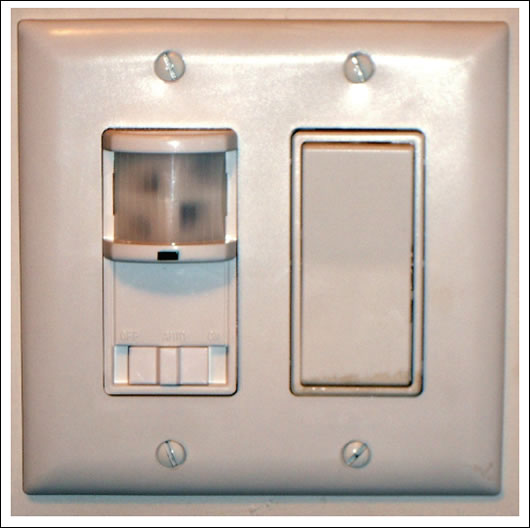
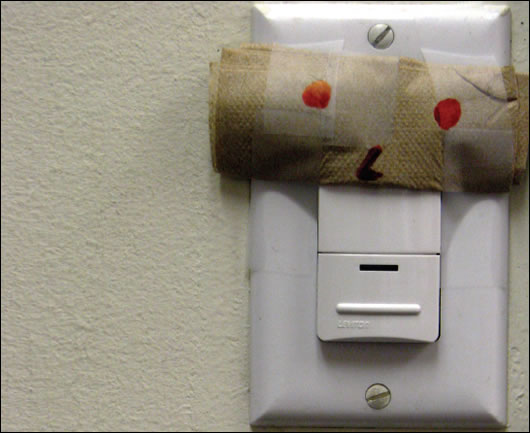
Systems however only offer one element of the solution. There's no way of getting around the fact that the occupants will, at some point, have to consider the building's energy use in a meaningful way. Getting to this point, says Fallon, is not as difficult as you would think. "You'd be surprised." He says. "If you were to provide them with the information, if you can show them the impact as immediately as possible. Not at the end of the year or the end of a quarter. If energy use was on the display, on an internal website or on a screen in reception, and people could see how their building is performing against another comparable building, say…There's a growing interest in the home, the Power of One campaign. People don't see the opportunity to transfer that to a work environment."
While there may be plenty of examples of how new buildings get it wrong, there are also examples of how old buildings can get it right. The E3 energy management bureau is a joint initiative between four Dublin-based colleges, DIT, TCD, DCU and UCD. In its first phase, completed last year, the project sought to reduce energy consumption in 30 key buildings by 10% over a three year period. Thanks to the range of initiatives introduced, the programme actually secured a reduction of 12%, yielding a total saving of €1m and a greenhouse gas reduction of 6,200 tonnes. "A central part of the whole thing is the monitoring and targeting system." says project chairman Donal McGowan. "For each building in the bureau, it tells you their energy consumption on a 15 minute basis. You can see in a fair bit of detail of what's happening over the course of a day or a week or over a month. What we do is we compare say, today with the same day last year and we can see whether our consumption has gone up or down." With the monitoring systems in place, the next step was to build the optimal level of automation and intelligence into control systems. To do that, the team needed to establish each building's 'baseload'. "We went around each building, particularly at night and weekends with the bureau service consultants and we switched off everything that we felt could be switched off, then basically measured what the load in the building was at that point. Then that set the target for what it should be every night ideally." Given the size of the project, getting buy-in from a wide spread of end-users was always going to be critical to its success. For that reason, a substantial effort went into awareness-raising within all four colleges. "We got out stickers and publicity material to first of all raise awareness, then to get people to switch things off. That's the more difficult side of it compared to a technical thing where you can go in and change the lights in a place and you know straight away it's going to save a certain amount if you've done your sums properly. But it's really important because they do estimate you can save between 10% and 15% just in changes in behaviour. The trick is to get people to change their behaviour and then to keep it that way. That's the difficult part." There are now two elements to the second phase of the project; targeting a further 30 buildings, and ensuring no backsliding in the first thirty.
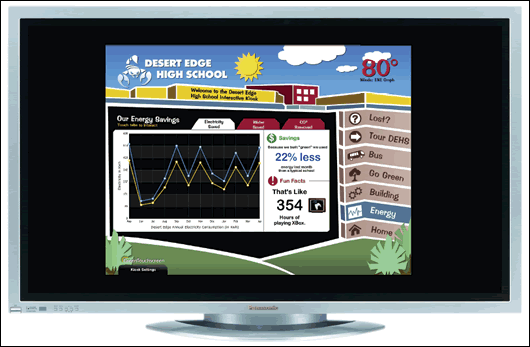
Energy awareness and occupancy issues are not of course restricted to public and commercial buildings. The 'fit & forget' phenomenon identified by John Fallon in Cylon is evident across the residential housing stock as well. Energy Action is a Dublin-based charity that addresses the thermal needs of the elderly and needy, providing training and employment opportunities for the long-term unemployed. Michael Hanratty of Energy Action talks about a small project completed by his organisation for Dublin City Council in one of their housing estates in Inchicore. "The estate was about two and a half years old, about fifty houses and apartments, beautifully built and so on, but it was remarkable. We were in 22 houses and in 20 out of those 22, people did not know how to use their central heating timers. People were not aware that they had a hot-water cylinder thermostat, people were not aware that they had a room thermostat and that it controlled the boiler. They'd see a thing on the wall but they wouldn't know what it would do. So you went into houses where the heating was on and kids were going round in their skin, and other houses where windows were wide open to let the heat out." Why? Lack of education, says Hanratty. While everyone got instructions on how to use their central heating before they moved in, a single run-through at a time when people's lives are busy and minds elsewhere just isn't sufficient. "We said to Dublin City Council that the estate manager, the guy who sits in the office on the estate, he should be fully educated on energy awareness and constantly be saying to people how are you doing?" Without house visits and constant coaching, you're = not going to embed good habits, let alone provide sufficient information to allow people to use the systems effectively. Hanratty also maintains that control arrangements for domestic heating systems aren't as user friendly as they could be. "My mother has to get the torch when she's trying to work on the central heating timer, the circular one with the widgets that you have to push in and out. Those teeth aren't for people who might have reduced nimbleness or flexibility in their fingers." Nor are electronic controls always readily understandable. "But you're not going to get an ideal solution." he says. "There's an issue about controls that are readable, but you don't want something the size of a football sitting in the kitchen either…"

The Royal Preston Hospital, Lancashire, where Cylon's BMS controls the ventilation, boiler plant and radiant heating panels
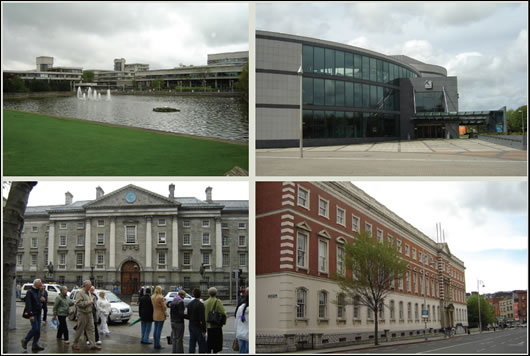
Seamus Hoyne of the Tipperary Energy Agency tells a very similar story. He points out that a house with an A or B rating will not perform to that standard unless the occupant is using the systems as they are intended. The problem again comes back to the disconnect between designers and occupiers. "Generally people would move into a house and there would be no handover in terms of understanding how the house works. And that goes from local authority houses right through to private houses, where a house is built, the heating system is put in with programmable timers and condensing boilers, ventilation and all the bits and pieces. There might be manuals but they're just left there, so people don't get a run through." Similarly, most people come from a background where control, at its most sophisticated, means a timer switch. Confronted by zones and thermostats, many of us will just chicken out and revert to on/off mode. For some systems, this kind of approach just won't work. Underfloor heating is a case in point. Independent energy consultant Andy Wilson says that getting underfloor perfectly configured is difficult for the most motivated householder. "I don't think the users of the house will ever get it right because their own patterns of usage aren't predictable enough to actually make an automated system work perfectly, given the four-hour time lag that they're going to have between the controls being altered and the house temperature changing - especially in our country where the weather is equally unpredictable."
As far as public housing goes, Seamus Hoyne in Tipperary has come to the same conclusion as Michael Hanratty in Dublin. "People moving into new local authority houses, they may have been waiting a long time to get the house. The pre-tenancy meetings happen a couple of weeks before they get the keys and they're just so excited about getting the keys that when we've spoken to them about energy, it's gone all over their head. What we're proposing, and we're going to test it in Thurles, is to go back in three or four months after they've been in the house, and say ok, show me how you're using your heating system. This is actually how it works, these are the types of things you should be doing to manage it, this is why your bills are so high and so on."

Energy performance can be compromised by something as simple as awkward teeth on a central heating timer

GE's lighting design for the US Haworth showroom of low energy lighting operates through a lighting control system that incorporates dimming, occupancy sensing and daylight integration, which permits enhanced energy conservation
But if the local authority has the power to address the problem in a public housing context, who's going to do it for the stock of private housing? Private consultancies such as National Energy Assessors (NEA) conduct energy audits for both residential and non-residential buildings. MD Brenda Jordan says that in the final stages of an NEA audit, an operation manual is provided to the occupant of the building to ensure there's an understanding of how to maximise the building's potential. "NEA's building operational manual is customised for individual clients based on our findings and includes topics such as the use of timers, ventilation control and boiler maintenance, as well as guidance on how small behavioural changes make big savings and a big impact on the environment."
If however you're sufficiently motivated to bring in a private consultant, you're likely to have mastered your building's zones and thermostats. "In private housing," says Seamus Hoyne, "it's difficult to see whether developers will or will not go back in and talk people through their systems…It might work if there was a building pack that a new homeowner got, that included the relevant information about management." He sees a prime role for estate management companies in ensuring that sustainable energy technologies are used as intended. Ultimately however, hand-holding can only go so far. "There is a responsibility on the people themselves to increase their own awareness of the house that they're buying. The property developers and the agents selling the house can do so much but people have to spend a bit of time to figuring it out as well."
One developer, who asked not to be named, agrees with the personal responsibility line. He despairs of some of the people he's sold houses to. One family insists on turning on the immersion when the solar panels are reading temperatures in the order of 68 degrees. "I said what you do you have the immersion on for? They said, oh we leave it on all the time because someone told us if you leave it on all the time, it's a lot cheaper than turning it off and on." This despite the fact that he had personally walked them through the system when they moved in. Are the controls too complicated? "They couldn't be simpler in my opinion." He goes on to say that in addition to providing everyone with the manual for the wood-pellet stoves he installed, he hand-wrote a series of instructions to make it even simpler again. This, he says, appears to have worked. "I haven't had anyone calling me in months…"
Everybody reports that awareness in general does appear to be on the rise. Asked where's the best place to start, Andy Wilson says appliances and lights. "Just turning them off completely is a step in the right direction. We found that one seventh of our household electrical use was disappearing in either appliances left on standby or in sockets with little lights on them, things that were doing no good, basically…I was quite shocked to see how much it was. Like everybody else, I'd heard a lot of figures mentioned but until I actually saw it, I wouldn't have believed it."
- Articles
- renewable energy
- Occupied Territory
- john hearne
- domestic energy savings
- occupancy data
- solar panels
- switch off
- thermostats
- building management
Related items
-
 Solar panels to receive VAT drop in aim to boost uptake
Solar panels to receive VAT drop in aim to boost uptake -
 SEAI Energy Awards 2020 open for entries
SEAI Energy Awards 2020 open for entries -
 The first oil crisis
The first oil crisis -
 SEAI Energy Show back at RDS on 27 & 28 March
SEAI Energy Show back at RDS on 27 & 28 March -
 Energywise Ireland open new renewables showroom
Energywise Ireland open new renewables showroom -
 Together in Electric Dreams
Together in Electric Dreams -
 Ireland’s largest solar PV project completed in Kilkenny
Ireland’s largest solar PV project completed in Kilkenny -
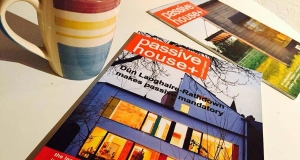 Passive House Plus back issues now freely available online
Passive House Plus back issues now freely available online -
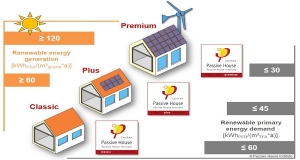 Passive House Institute launches new cert categories
Passive House Institute launches new cert categories -
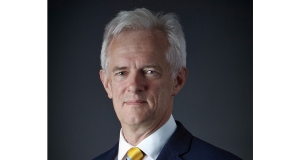 Passive house: an alternative method of meeting Part L?
Passive house: an alternative method of meeting Part L? -
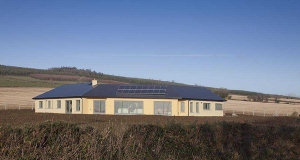 Do Ireland’s energy efficiency regulations penalise energy efficiency?
Do Ireland’s energy efficiency regulations penalise energy efficiency? -
 Ireland’s energy roadmap — have your say
Ireland’s energy roadmap — have your say

